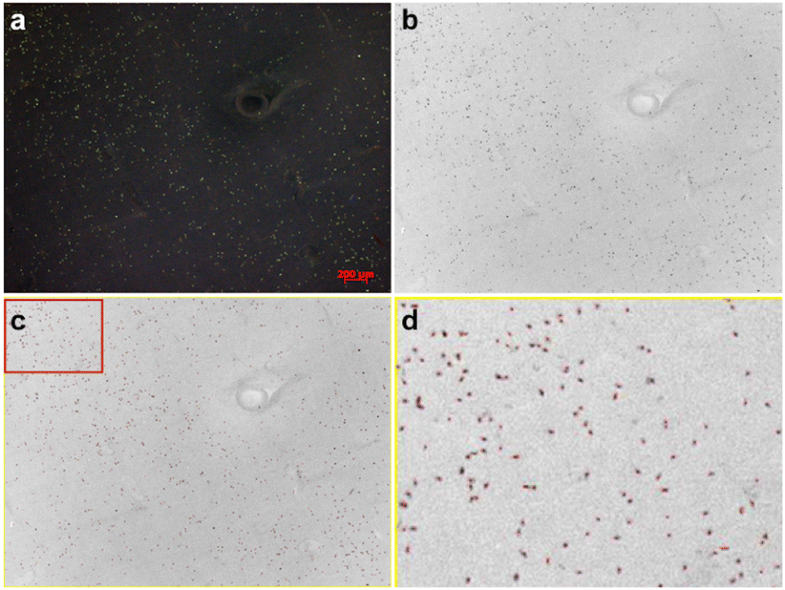

Therefore, there is an urgent need to understand the molecular mechanisms that lead to chemo- and radioresistance to develop efficient therapeutic strategies. Over the past 3 decades, complete surgical resection with wide margins remains the major treatment option. Poor vascularization, slow division rate, and substantial hyaline cartilage production confer resistant to conventional chemotherapy and radiotherapy 1. Altogether, we unveil a novel role of YAP1 signaling in mediating CHS cell senescence and propose a one-two punch approach that sequentially targets the YAP1/p21 axis to eliminate senescent cells.Ĭhondrosarcoma (CHS) is the second most common primary bone malignancy and is characterized by the synthesis of hyaline cartilage. Furthermore, we demonstrated that sequential targeting of YAP1 and p21 enhanced the elimination of JQ1-induced senescent cells in a Bcl-2-like 1 (Bcl-XL)/Caspase-3 dependent manner. Mechanistically, negative regulation of p21 by YAP1 occurred post-transcriptionally via Dicer-regulated miRNA networks, specifically, the miR-17 family. These results were validated by in vivo experiments using stable shYAP1 cell lines.

Loss of YAP1 inhibited CHS proliferation and induced cellular senescence, while expression of YAP1 mutants revealed YAP1/TEA domain family member (TEAD)-dependent negative regulation of p21 and subsequent cellular senescence. Herein, we found that YAP1 expression was upregulated in CHS tissues, and positively correlated with its grading score. However, the precise role of YAP1 in CHS is largely unknown. Our previous study has found that Yes associated protein 1 (YAP1) is downregulated in CHS cells treated with bromodomain and extraterminal domain (BET) inhibitor JQ1. Chondrosarcoma (CHS) is the second most common bone malignancy with limited therapeutic approaches.


 0 kommentar(er)
0 kommentar(er)
